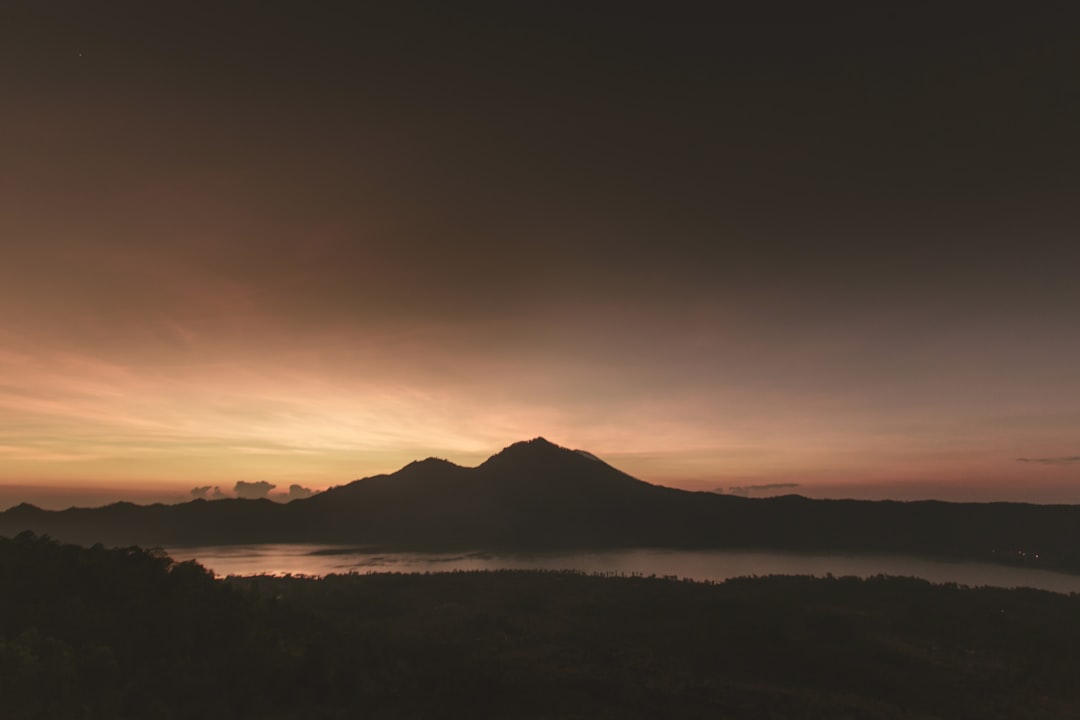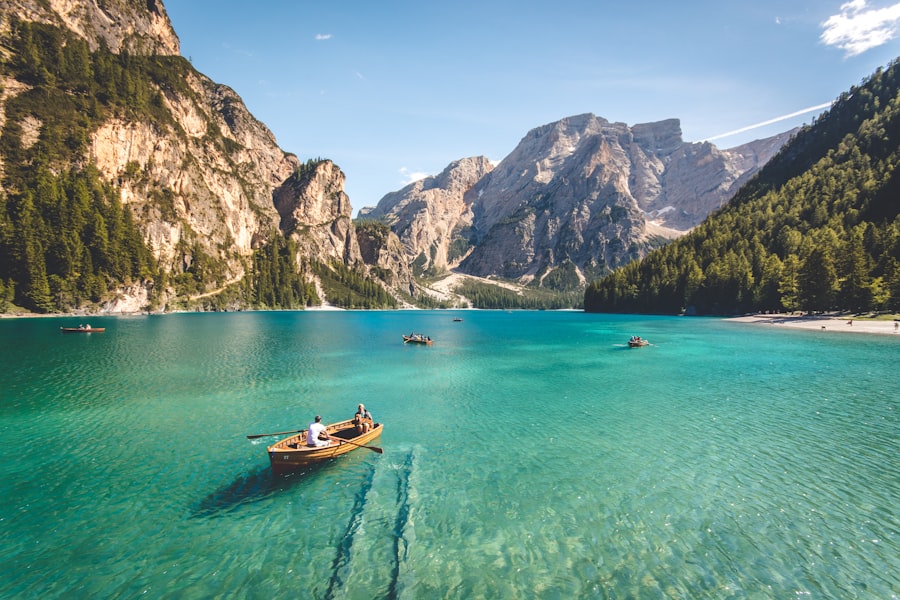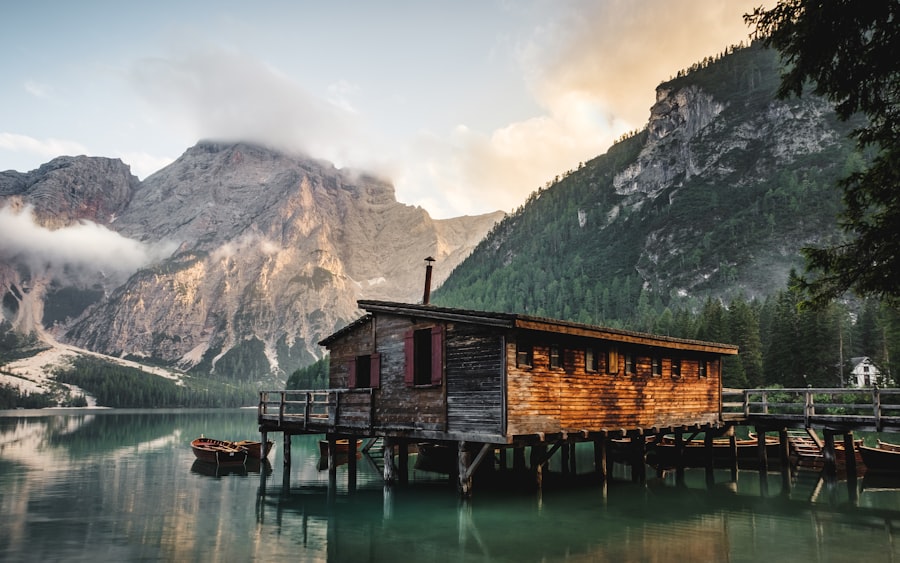
Malawi, often referred to as the “Warm Heart of Africa,” is a landlocked country situated in southeastern Africa. Bordered by Zambia to the west, Tanzania to the north and northeast, and Mozambique to the south and southeast, Malawi is renowned for its stunning landscapes, vibrant culture, and hospitable people.
The capital city, Lilongwe, serves as the political and economic hub, while Blantyre is known for its historical significance and commercial activities. Malawi’s population is estimated to be around 20 million people, with a rich tapestry of ethnic groups, languages, and traditions. The official language is English, but Chichewa is widely spoken among the locals.
The country has a long history that dates back to ancient times, with influences from various cultures and civilizations. Despite facing challenges such as poverty and limited infrastructure, Malawi remains a beacon of resilience and warmth, attracting visitors with its natural beauty and cultural richness.
Key Takeaways
- Malawi is a small landlocked country in southeastern Africa, known as the “Warm Heart of Africa” for its friendly people and stunning landscapes.
- Top places to visit in Malawi include Lake Malawi, Liwonde National Park, and the Mulanje Massif.
- Malawi’s rich culture and heritage can be experienced through traditional dances, music, and arts, as well as visits to historical sites and museums.
- The natural wonders of Malawi include Lake Malawi, the third largest lake in Africa, the majestic Mount Mulanje, and diverse wildlife in national parks and reserves.
- Must-try activities in Malawi include snorkeling and diving in Lake Malawi, hiking Mount Mulanje, and going on a safari to spot elephants, lions, and rhinos.
- Practical tips for traveling to Malawi include obtaining a visa, getting vaccinated, and respecting local customs and traditions.
Top Places to Visit in Malawi
Lake Malawi: A Paradise for Water Lovers
Lake Malawi is one of the most iconic destinations in Malawi, boasting the title of the third-largest lake in Africa and one of the most stunning. Stretching over 500 kilometers along the eastern border of the country, the lake is home to an incredible diversity of fish species, making it a haven for snorkelers and divers. The towns of Nkhata Bay and Mangochi are popular spots for tourists seeking relaxation on sandy beaches or engaging in water sports.
Nkhata Bay: A Laid-Back Haven
Nkhata Bay, in particular, is renowned for its laid-back atmosphere and vibrant local markets where visitors can purchase handmade crafts and fresh produce. This charming town offers the perfect blend of relaxation and cultural immersion.
Liwonde National Park: A Wildlife Adventure
Another must-visit location is Liwonde National Park, which offers a unique opportunity to experience Malawi’s wildlife up close. Situated along the Shire River, the park is home to elephants, hippos, crocodiles, and a variety of bird species. Guided safaris provide an exhilarating way to explore the park’s diverse ecosystems, whether by vehicle or on foot. The park’s proximity to Lake Malawi also allows for boat safaris, where visitors can enjoy the serene beauty of the landscape while spotting wildlife along the riverbanks.
The Rich Culture and Heritage of Malawi

Malawi’s culture is a vibrant blend of traditions, languages, and customs that reflect its diverse ethnic groups. The major ethnic groups include the Chewa, Tumbuka, Yao, and Ngoni, each contributing unique cultural practices and beliefs. Traditional ceremonies play a significant role in Malawian society, with events such as the Gule Wamkulu dance being particularly noteworthy.
This UNESCO-recognized cultural performance involves masked dancers who embody ancestral spirits and convey moral lessons through their movements. The Gule Wamkulu is not only a form of entertainment but also a means of preserving cultural heritage. In addition to traditional ceremonies, Malawi’s art scene is thriving.
Local artisans create intricate crafts ranging from wood carvings to woven baskets and colorful textiles. Markets across the country showcase these handmade goods, providing visitors with an opportunity to engage with local artists and learn about their techniques. Music also plays an essential role in Malawian culture, with genres such as traditional folk music and contemporary pop resonating with both locals and tourists alike.
Festivals celebrating music and dance are common throughout the year, offering a glimpse into the heart of Malawian life.
The Natural Wonders of Malawi: Lakes, Mountains, and Wildlife
| Natural Wonder | Location | Main Features |
|---|---|---|
| Lake Malawi | Eastern Rift Valley | Third largest lake in Africa, home to diverse fish species |
| Mount Mulanje | Southern Malawi | Highest peak in Malawi, diverse flora and fauna |
| Liwonde National Park | Central Malawi | Abundant wildlife including elephants, hippos, and crocodiles |
Malawi’s natural beauty is perhaps best exemplified by its stunning landscapes that range from tranquil lakes to rugged mountains. Lake Malawi is not only a vital resource for fishing and transportation but also a UNESCO World Heritage Site due to its ecological significance. The lake’s crystal-clear waters are home to over 1,000 species of fish, many of which are endemic to this region.
This biodiversity makes it an ideal destination for snorkeling enthusiasts who wish to explore underwater ecosystems teeming with life. Beyond the lake lies the Nyika National Park, which boasts rolling grasslands interspersed with patches of forest and stunning views from its elevated plateaus. The park is known for its rich biodiversity, including rare species such as the endemic Nyika blue butterfly and various antelope species like the roan and eland.
Hiking trails wind through this picturesque landscape, allowing visitors to immerse themselves in nature while enjoying breathtaking vistas. The park’s unique flora and fauna make it a haven for nature lovers and photographers alike.
Must-Try Activities in Malawi
Traveling through Malawi offers a plethora of activities that cater to various interests. For adventure seekers, hiking Mount Mulanje presents an exhilarating challenge. This towering massif rises dramatically from the surrounding plains and features numerous trails that lead to stunning viewpoints and waterfalls.
The trek can be tailored to different skill levels, making it accessible for both seasoned hikers and novices. Guided tours are available to ensure safety while providing insights into the area’s rich biodiversity. For those interested in cultural immersion, participating in community-based tourism initiatives can be incredibly rewarding.
Visitors can engage with local communities through homestays or workshops that focus on traditional crafts such as pottery or weaving. These experiences not only provide insight into daily life in Malawi but also support local economies by promoting sustainable tourism practices. Additionally, exploring local markets allows travelers to sample traditional Malawian cuisine, which features dishes like nsima (a staple made from maize) served with various relishes.
Practical Tips for Traveling to Malawi

When planning a trip to Malawi, it is essential to consider practical aspects that can enhance the travel experience. First and foremost, obtaining a visa is necessary for most travelers; however, citizens from certain countries may enter visa-free for short stays. It’s advisable to check the latest visa requirements before departure.
Additionally, vaccinations for diseases such as yellow fever and malaria prophylaxis are recommended due to the tropical climate. Traveling within Malawi can be accomplished through various means, including public transport options like minibuses or private taxis for more convenience. While road conditions can vary significantly, many travelers find that hiring a local guide or joining organized tours can alleviate concerns about navigation while providing valuable insights into local culture and attractions.
Currency exchange can be done at banks or authorized exchange bureaus; however, it’s wise to carry some cash as not all establishments accept credit cards. In conclusion, Malawi offers an enriching travel experience characterized by its stunning landscapes, rich cultural heritage, and warm hospitality. Whether exploring the depths of Lake Malawi or engaging with local communities through cultural activities, visitors are sure to leave with lasting memories of this remarkable country in southeastern Africa.
If you’re interested in exploring more about various countries and their unique attractions, you might find the article on “Belgium Facts and Places to Visit” quite enlightening. Similar to the insights provided on Malawi, this article delves into Belgium’s rich history, culture, and must-see destinations. From the stunning architecture of Brussels to the picturesque canals of Bruges, Belgium offers a diverse range of sights that cater to every type of traveler. To learn more about what Belgium has to offer, you can read the full article club/2023/05/28/belgium-facts-and-places-to-visit/’>here.
FAQs
What are some interesting facts about Malawi?
– Malawi is known as the “Warm Heart of Africa” due to the friendliness of its people.
– Lake Malawi, also known as Lake Nyasa, is the third largest lake in Africa and is a UNESCO World Heritage site.
– The country is landlocked and bordered by Tanzania, Mozambique, and Zambia.
– The capital city of Malawi is Lilongwe, while the largest city is Blantyre.
– The official language of Malawi is English, with Chichewa being the most widely spoken language.
What are some popular places to visit in Malawi?
– Lake Malawi National Park: A UNESCO World Heritage site known for its diverse fish species and beautiful beaches.
– Liwonde National Park: Home to a variety of wildlife, including elephants, hippos, and crocodiles.
– Mulanje Mountain: A popular destination for hiking and climbing, offering stunning views of the surrounding landscape.
– Cape Maclear: A picturesque village on the shores of Lake Malawi, known for its clear waters and vibrant marine life.
What are some must-see sights in Malawi?
– Livingstonia: A historic town founded by missionaries, offering panoramic views of Lake Malawi.
– Nkhata Bay: A laid-back town known for its relaxed atmosphere and opportunities for water activities.
– Chongoni Rock Art Area: A UNESCO World Heritage site featuring ancient rock art dating back thousands of years.
– Zomba Plateau: A scenic highland area offering hiking trails, waterfalls, and stunning viewpoints.



